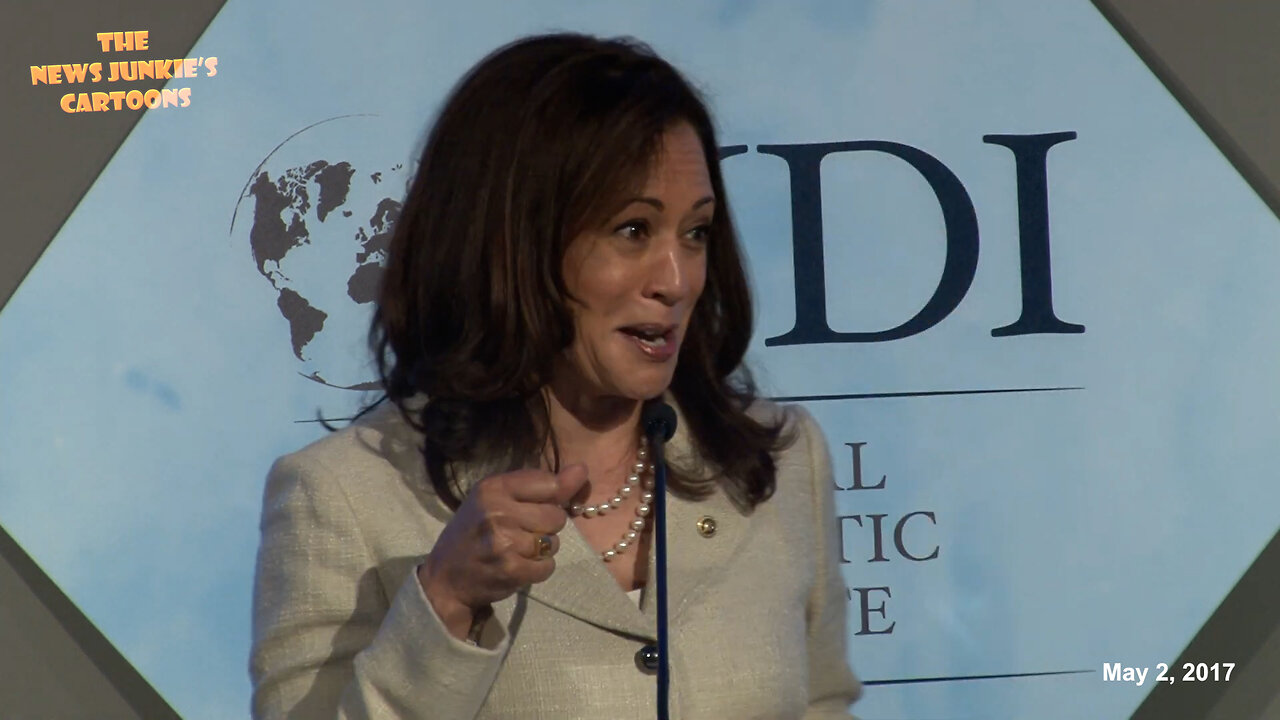
www.upworthy.com
People are shocked to learn that 200 years ago we lost the 27th letter in the alphabet
An eye-opening video on TikTok by @ZachDFilms3 is an excellent example of how language constantly evolves. In a video with over 900,000 views, he explains that the English language had a 27th letter a little more than 200 years ago.ZachDFilms3 is popular on TikTok for creating videos that explain surprising facts about science and history.In a video posted on March 6, he surprised many by revealing that the ampersand ( or "&") once came after the letter Z in the English alphabet. “This is an ampersand and believe it or not, it used to be the 27th letter in the alphabet. You see, back in the day, this symbol came after the letter Z and signified the word 'and,’" he shares in the video.However, incorporating the letter into lessons for English-speaking kids was a problem.“But when reciting the alphabet, students weren't allowed to just say 'and' after Z. Instead, they were taught to differentiate the symbol by saying 'per se' before it, which sounded something like this: Q R S T U V W X Y Z &. And 'per se &' ampersand."
@zachdfilms3
Why Highway Signs Are Green ?
The melding of the words “and per se” eventually led to the strange symbol called the “ampersand.” According to ON Words, other names for the symbol included ampazad and zumy-zan, but they failed to take hold with the general public. It’s believed that the symbol got its name around 1835, but it ceased to be part of the English alphabet by the late 19th century.The symbol dates back to over 1700 years ago when Roman scribes wrote in cursive and commonly used the Latin word “et,” which means “and.” So, the cursive combinations of the E and T together came to symbolize “and.” The symbol evolved over decades into the ampersand we know and love today.These days, the ampersand is relegated to informal English and is mainly used as an abbreviation or in the names of businesses (AT&T, US News & World Report) or partnerships (Simon & Garfunkel, Jacoby & Meyers). However, it’s doing far better than the 5 other letters ditched from the original Old English alphabet recorded in 1011 by the monk Byrhtferð.In the original Old English alphabet, there were 29 letters, which included the ampersand and 5 additional English letters: Long S (ſ), Eth (Ð and ð), Thorn (þ), Wynn (ƿ) and Ash (ᚫ; later Æ and æ). During that time, 3 new letters were added: J, U and W.So whenever people get stuffy about new slang that they are using or changes in style or grammar, remind them that language is ever-evolving and that what we accept as standard today may be archaic in just a few decades. As the writer Rita Mae Brown once remarked, "Language is the roadmap of a culture. It tells you where its people come from and where they are going." So, when a language becomes static, it’s safe to say that those who use it have failed to evolve as well. This article originally appeared on 7.3.24
















 Rumble
Rumble